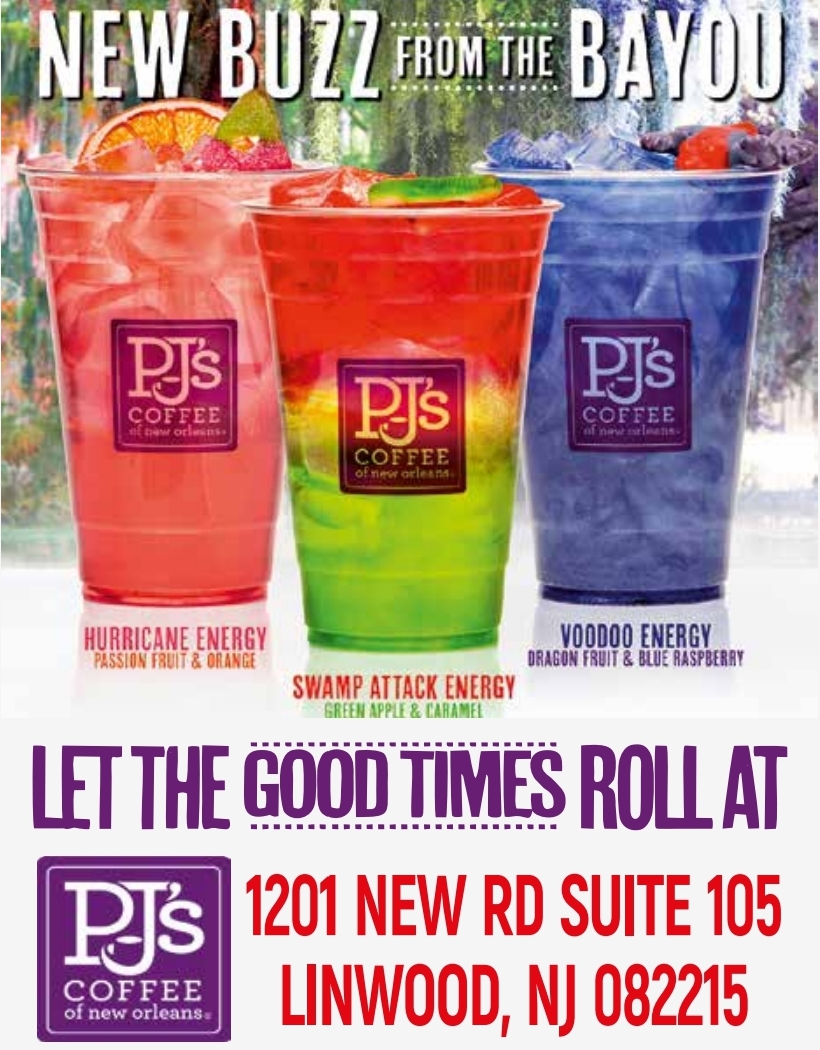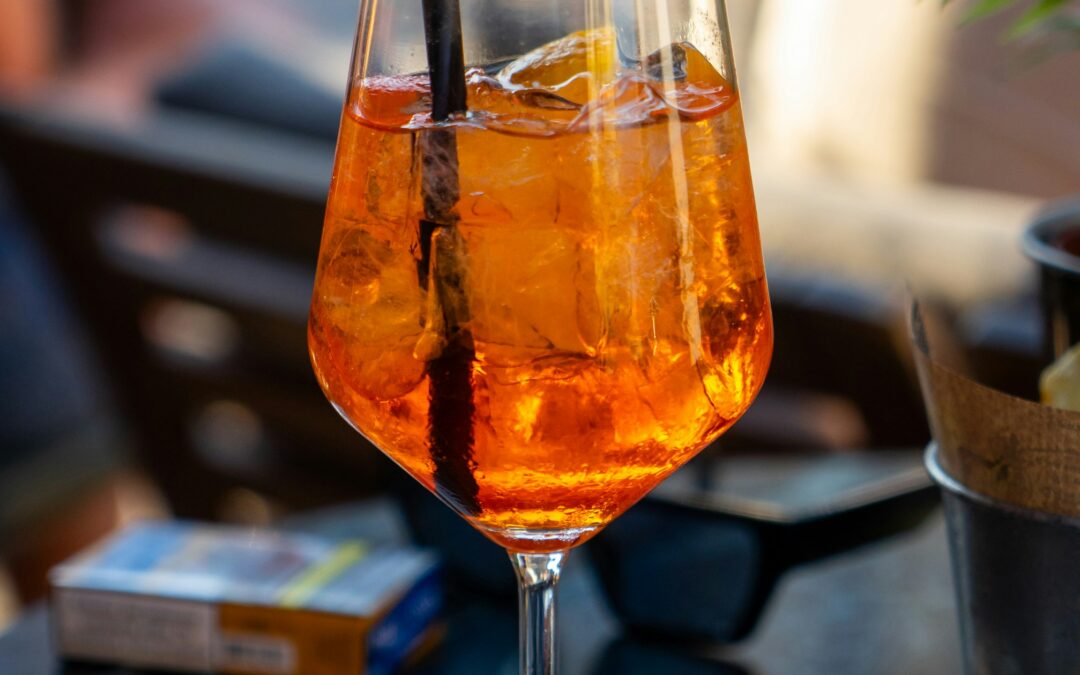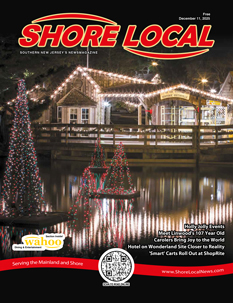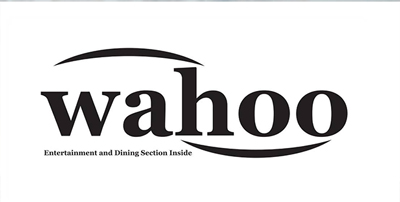Drink Up!
In beautiful South Jersey, summer means flip-flops, beach days, family picnics, evenings on the porch, and traffic. When I was a child, summer meant afternoons at the pool or playing in the backyard with my siblings, spritzing each other with the garden hose to cool off. A few years ago, when my wife and I vacationed in Italy, we became entrenched in the Italian tradition of “taking a Spritz” to beat the heat. A far cry from the garden hose, the Spritz is a refreshing beverage, ideal for summer months.
Venice claims to be the birthplace of the Spritz. While that claim is contested by other parts of Northern Italy, one thing is agreed upon: Spritzes were introduced by Austrian workers temporarily on assignment in Northern Italy. Italian wines were stronger and more full-bodied than Austrians were accustomed to drinking, so they spritzed the wine. Spritz, the Austrian slang word for soda water, simply meant adding soda water to lighten the wine. Voila, the wine spritzer was born. Italians took things a step further, adding soda water and Prosecco to bitters or aperitifs to create the refreshing summer drink now known as the Spritz. What started in the northern regions has spread throughout Italy. When we were there, there was not a single drinking establishment that didn’t offer a variety of Spritzes on their menu. Like all good researchers do, I think we tried them all!
The two most common Italian Spritzes are the Aperol Spritz and the Campari Spritz. Both are quite simple to make, and the ingredients are easy to find. The exact recipes vary between establishments, but my favorite is the 3-2-1. Three ounces of Prosecco, such as Brilla! Prosecco, two ounces of Aperol (or Campari), and one ounce of soda water/club soda. We often saw these garnished with a slice of orange and, occasionally, with an olive. Additional variations can be made using Cynar Ricetta Originale, an artichoke-based bitter, or Fernet-Branca Amaro, a bitter, herbal Italian liquor, in place of the Aperol. Or, for an Italian variation on the classic Campari Spritz, try the Bicicletta, which uses Campari and still white wine in place of the Prosecco. Pinot Grigio is a common choice for this drink, but I would encourage you to try a different Italian white, such as Vernaccia di San Gimignano or Pehhcora Pecorino, as your base. If you are not a fan of “bubbles,” the Bicicletta is a less bubbly, equally refreshing option.
A relatively new and very popular option that we saw throughout Italy was the Hugo Spritz, a refreshing drink that uses St. Germain or St. Elder elderflower liquor in place of the bitters. The recipe is a bit more involved, but far from difficult. Add half an ounce of St. Germain and a sprig of fresh mint to your wine glass. Gently muddle to release the essence of the mint. Then add ice, four ounces of Prosecco and one ounce of soda water. Garnish with another mint sprig and a thin slice of lemon or lime (or both). These are very refreshing and somewhat reminiscent of a mojito cocktail.
Locations around the world are adding their own variation on Spritzes. The French 75 is a very refreshing variation that originated in Paris during World War I. This cocktail uses an ounce of gin, half an ounce of fresh lemon juice, half an ounce of simple syrup, and three ounces of Champagne (or Prosecco, if you prefer) with a twist of lemon as the garnish.
The Grand Marnier Spritz is a great option for lovers of this cognac-based orange liqueur. Simply add 2 ounces of Grand Marnier to a glass filled with ice and add 2 ounces of Prosecco, Champagne, or other sparkling wine. Add a splash of lemon juice and a twist of lemon, and you are ready to enjoy.
The Lillet & Basil Spritz takes one ounce of Lillet Blanc (a fruity French white wine made of Semillon and Sauvignon Blanc grapes), four or five basil leaves, four ounces of the sparkling wine of your choice, a splash of lime juice and a basil leaf for garnish. A newer variation on this is the Spa Spritz. In a glass filled with ice, add slices of lemon, orange, and/or lime, slices of cucumber, and a few leaves of mint or basil. Add two ounces of Lillet Blanc, three ounces of sparkling wine, and a splash of club soda to taste. This is not only refreshing, but it is a beautiful visual at your next patio party. Thematically, I prefer to use Champagne, or at least French sparkling wine (Crémant), for the French variations. You don’t have to break the budget on expensive Champagne. Try the Café de Paris Blanc de Blanc Brut, De Perriere Brut, or Jean Dorsene Brut.
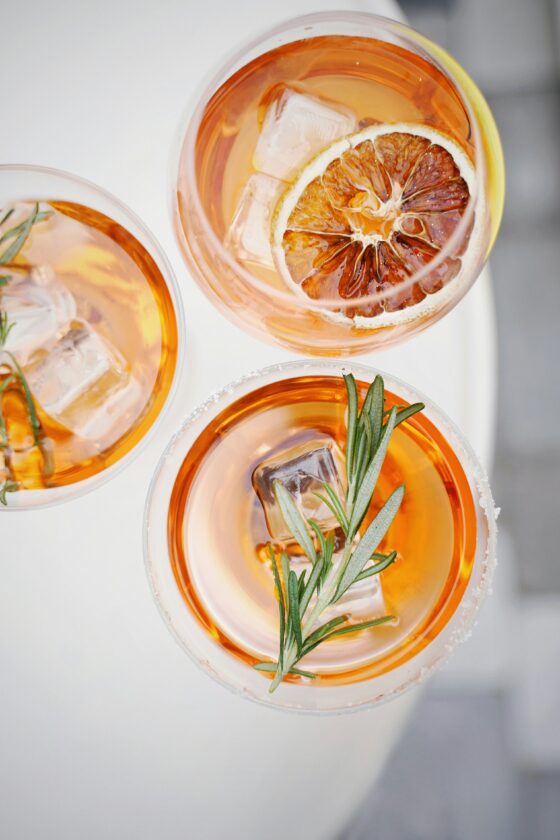
Probably the most unusual and intriguing alternative I have found in my research is the Tomato Spritz. You read that right. Tomato! This cocktail can be found on the bar menu at Saxon + Parole in the Bowery in New York City. The ingredients are one-fourth of an ounce of gin, two ounces of extra-dry vermouth, one and a half ounces of tomato water, two ounces of Prosecco, and club soda to top it off. Garnish with halved cherry tomatoes and a bit of parsley. Can I count this as a salad?
As you can see, there are no rules to “spritzing through summer.” The variations are only limited by your imagination and taste. Experiment and find your favorites! As always, contact me with any questions at dsetley@passionvines.com, or stop into the store. Until next time, happy spritzing!
David Setley is enjoying his retirement from higher education as a wine educator and certified sommelier at Passion Vines in Somers Point, New Jersey.


